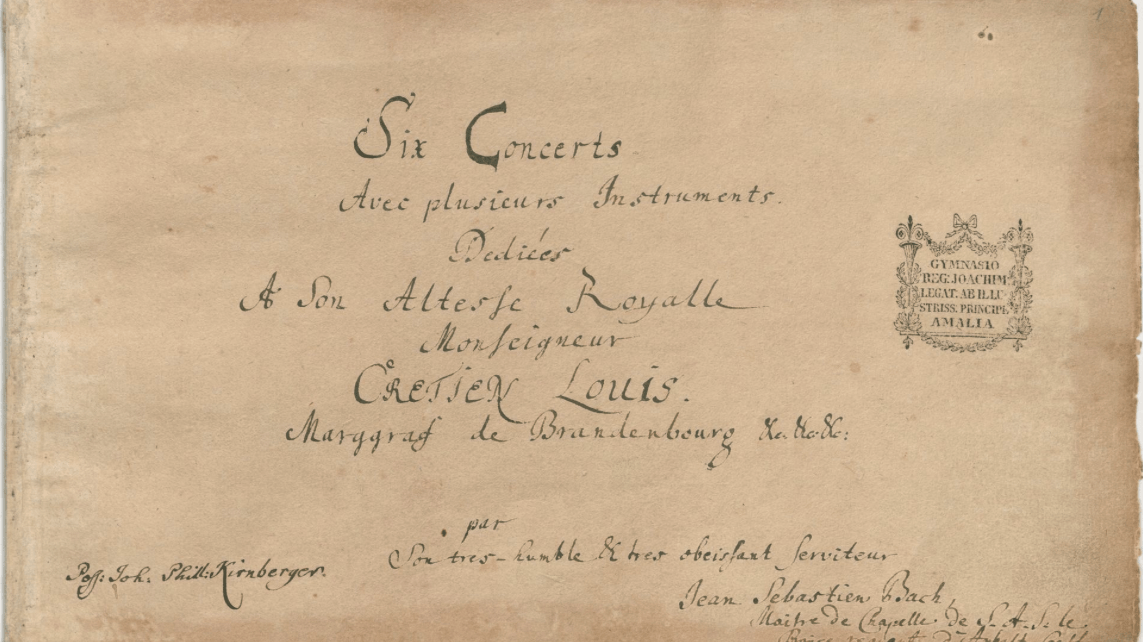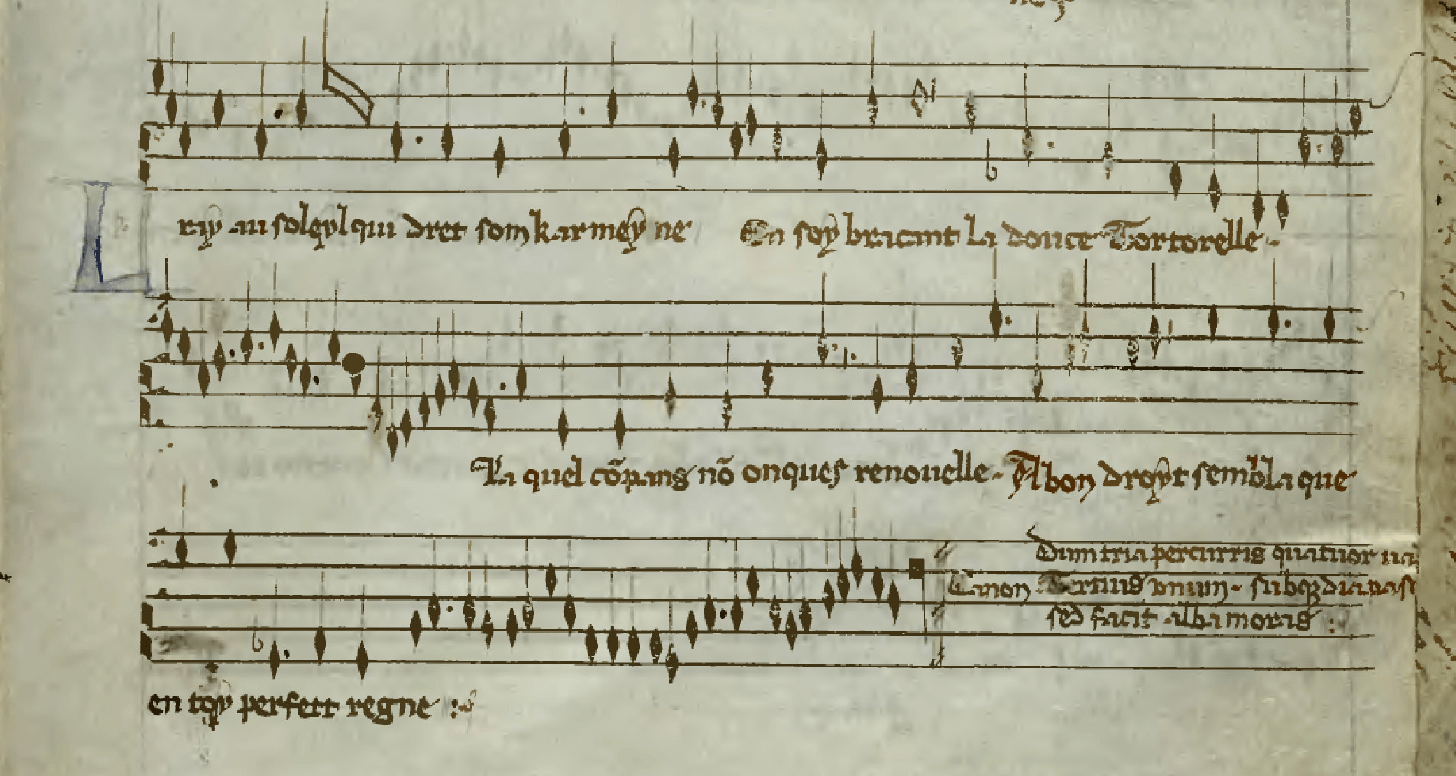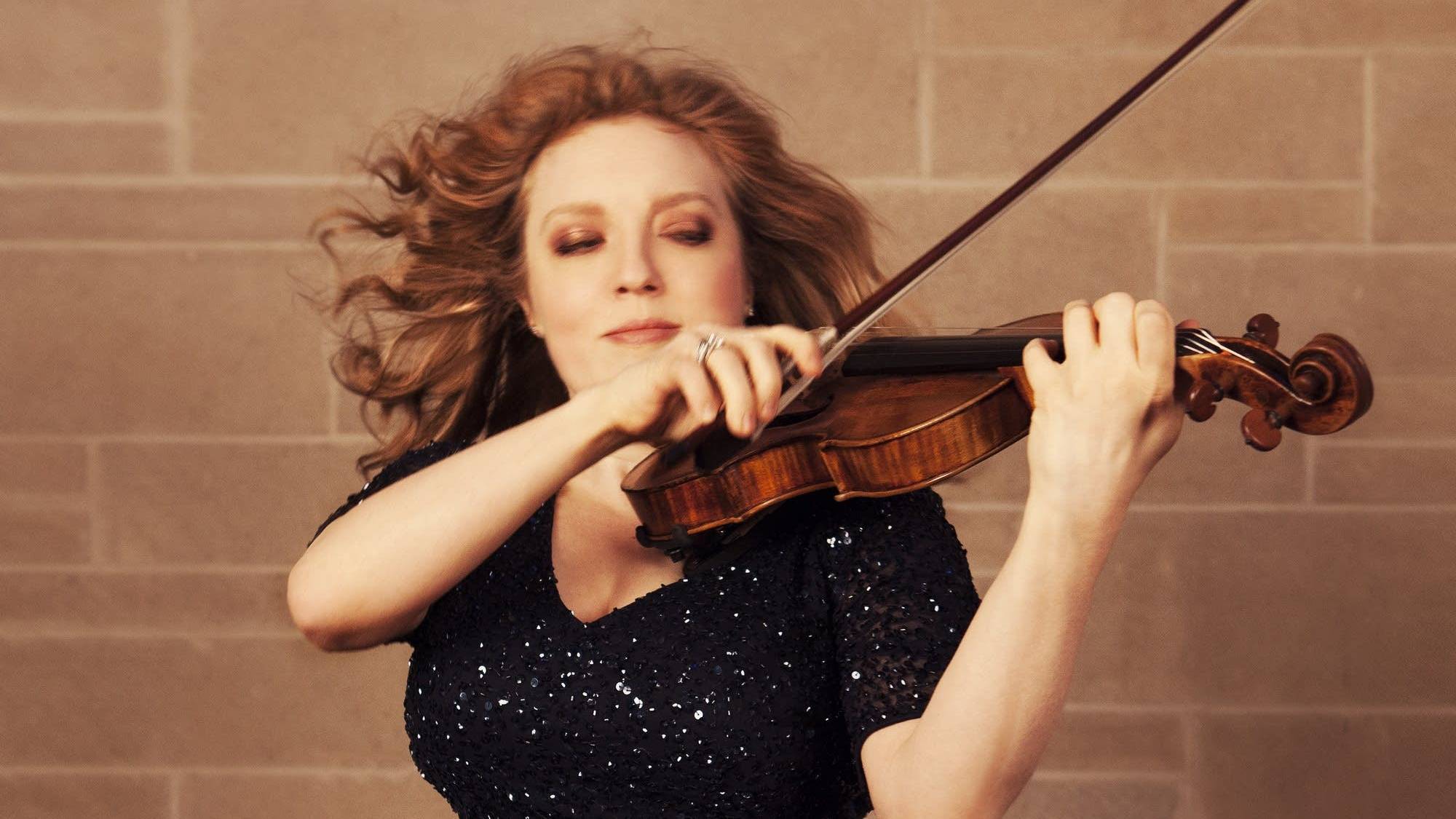Bach’s Unopened Résumé: Brandenburg Concerto No. 1
They’ve been called, “the most complex and artistically successful failed job application in recorded history.” 300 years after their composition, J.S. Bach’s six monumental “Brandenburg” Concertos are regarded as some of the greatest and most groundbreaking works of the Baroque period. But surprisingly, they came about as a result of seemingly practical, even mundane concerns. Around 1721, Bach was worrying about his job security. The new wife of his patron, Prince Leopold of Anthalt-Cöthen, was …







